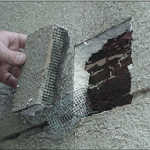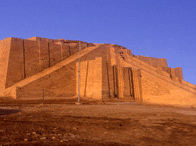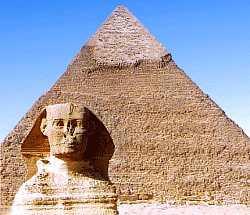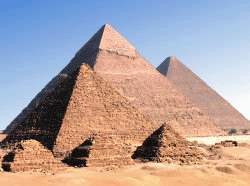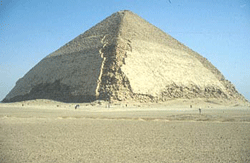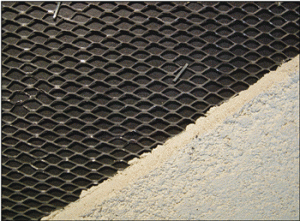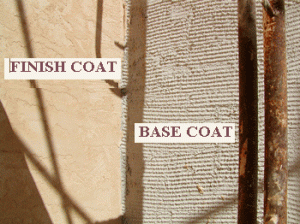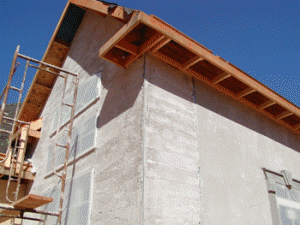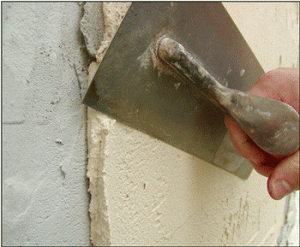The Hard Facts About Hard Coat Stucco
What is Hard-Coat Stucco?
History
As far back as civilizations existed, traces of plastering appear. From the oldest known civilization (Sumerian, ~ 4,000 years B.C.) who built the first known city – Uruk (top left) – to the Egyptians Pyramids (~ 2,500 years B.C.), mixtures of different minerals resulting in some form of plaster were found. In earlier times, limestone was the main ingredient but as time passed and technology improved, Portland cement became the ingredient of choice.
As seen on the photos, exterior plaster is still present on these pyramids, standing thousands of years of weathering from the beaming desert sun, torrid temperatures and freezing nights
From ~ 800 to ~ 400 B.C., Greek and Roman civilizations continued to improve the use of limestone for wall plastering. However, Plaster saw a sharp decline in interest during the Middle Ages (~1200 to ~1500 A.D.).
It was not until the ~1600 that the interest for plastering/cement resurfaced. And in 1779, Bry Higgins was issued a patent for hydraulic cement (stucco) for exterior plastering use. Then, in 1810, Edgar Dobbs received a patent for hydraulic mortars, stucco, and plaster; although they were of poor quality due to lack of kiln precautions.
Subsequently, in 1824, Joseph Aspdin of England invented Portland cement by burning finely ground chalk with finely divided clay in a lime kiln until carbon dioxide was driven off. The sintered product was then ground and he called it Portland cement named after the high quality building stones quarried at Portland, England.
Stucco has stood the test of time through thousand of years. Through research and development, Sider-Crete is committed to continue to improve our products to stand against modern day environmental factors to last for years to come.
The application of Hard-Coat Stucco:
Past & Present
Hard-coat stucco is applied either by hand or machine to exterior and interior wall surfaces in two or three coats. It may be applied directly to a solid base such as masonry or concrete walls, or it can be applied to a metal lath attached to frame construction, solid masonry, or concrete construction. Applied directly to concrete masonry, hard-coat stucco provides a tough finish that is integrally bonded with the masonry substrate. When applied to metal lath, two to three coats of stucco are applied. A vapor-permeable, water-resistant building paper separates the plaster and lath from water sensitive sheathing or framing. Hard-coat stucco has high impact resistance, sheds water but breaths, allowing water vapor to escape. It is a proven system that works in all climates.
Today, Sider-Crete has taken traditional stucco steps further. We now manufacture premixed, integrally-colored stucco’s and decorative coatings, only requiring the addition of water at the site. This process insures a high quality product from every bag and eliminates the labor intensive addition of masonry sand to the cement. More importantly, due to our latest state-of-the art automated manufacturing process, it insures an excellent color consistency, eliminating the addition of color packets on the job.
As technology improves, new forms of substrates are developed such as AAC (Autoclaved Aerated Concrete), ICF (Insulated Concrete Forms) and many more for which Sider-Crete manufactures a complete line of specially formulated products.
As well, our hard-coat stucco’s no longer contain just cement, lime and sand. Through research and development, they are formulated with many different additives to render exceptional properties such as increased hardness, better flexibility to prevent cracking, water resistance yet remaining vapor permeable, better color retention, better workability and many more!
The final appearance of the finish coat can be varied by utilizing different techniques of application by the plasterer’s skill in manipulating the finish and/or using different application tools and equipment.
Hard-Coat Stucco vs. EIFS (Synthetic Stucco)
Portland cement plaster (sometimes called traditional stucco) should not be confused with the Exterior Insulation and Finish System (EIFS) or synthetic stucco systems that have become popular but more recently have been the subject of controversy as a result of performance problems, including water leakage and low impact resistance.
Exterior Insulation & Finish System is a system composed of several layers installed directly over exterior sheathing such as plywood. EIFS consists 1/8” layers of acrylic applied over an insulation board such as polystyrene.
Traditional Portland cement plaster (hard-coat stucco) is a time-tested exterior breathable finish. It consists of Portland cement and sand mixed with water to form a workable plaster. Portland cement, the same material that is the basis for the hardened properties of concrete used to build super-highways, bridges, and skyscrapers provides strength, durability, and toughness in Portland cement plaster.
While the acrylic coatings repel water very effectively, problems arise when moisture gets behind the synthetic stucco and is trapped inside the wall. Trapped moisture eventually rots insulation, sheathing, and wood framing. It also corrodes metal framing and metal attachments. There have been fewer problems with EIFS used over solid bases such as concrete or masonry because these substrates are very stable and are not subject to rot or corrosion.
